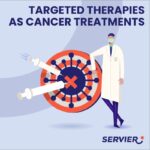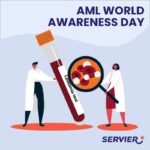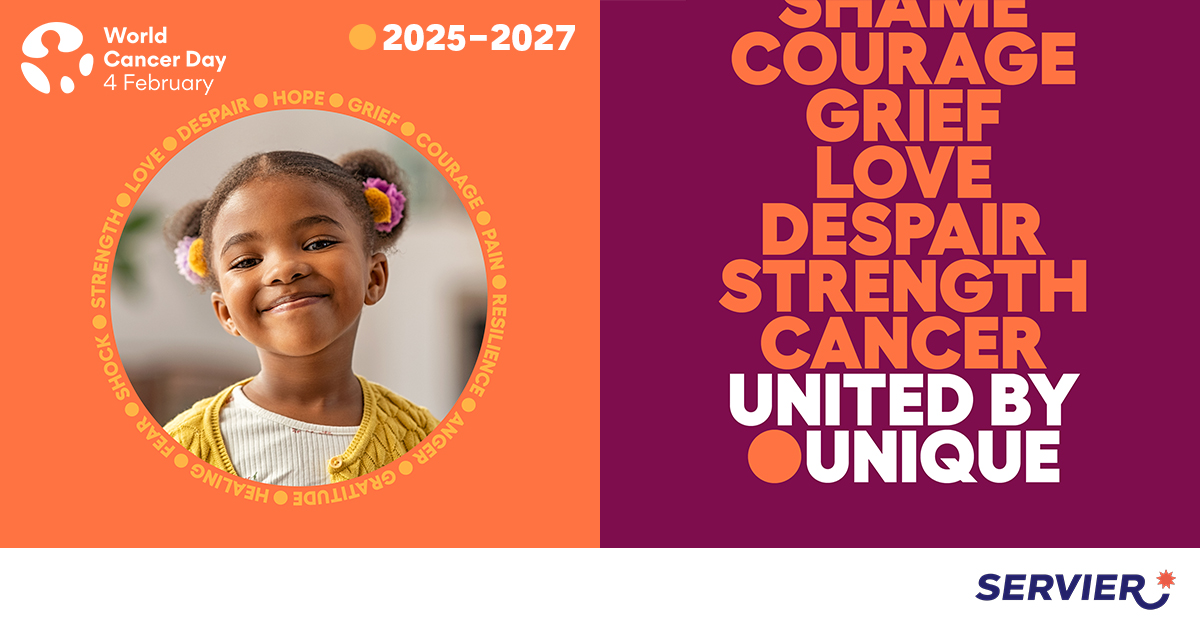
No matter who you are or where you are, the mere word cancer can inspire fear, but few people are well informed about this complex disease. Cancer is just one word for hundreds of different types of diseases. So, exactly what is it?
Cancer occurs when normal cells in the body proliferate uncontrollably. When cancer cells form a lump or growth, it is called a cancerous tumour. Left untreated, tumours can grow and spread into surrounding tissue or other parts of the body via the bloodstream and lymphatic system. When a tumour spreads, it is called a metastasis, the most difficult type of cancer to treat2.
Cancer: One word. Many diseases.
A tumor is classified according to several factors: its site, grade, stage and histological classification. Note that tumor classification is constantly evolving, following the evolution of research and acquired knowledge. It can be:
- Benign (is not cancer and is not life threatening);
- Pre-cancerous (likely to develop into cancer);
- Malignant or cancerous.
Each type of cancer is classified according to one of five types of cells they originate from.
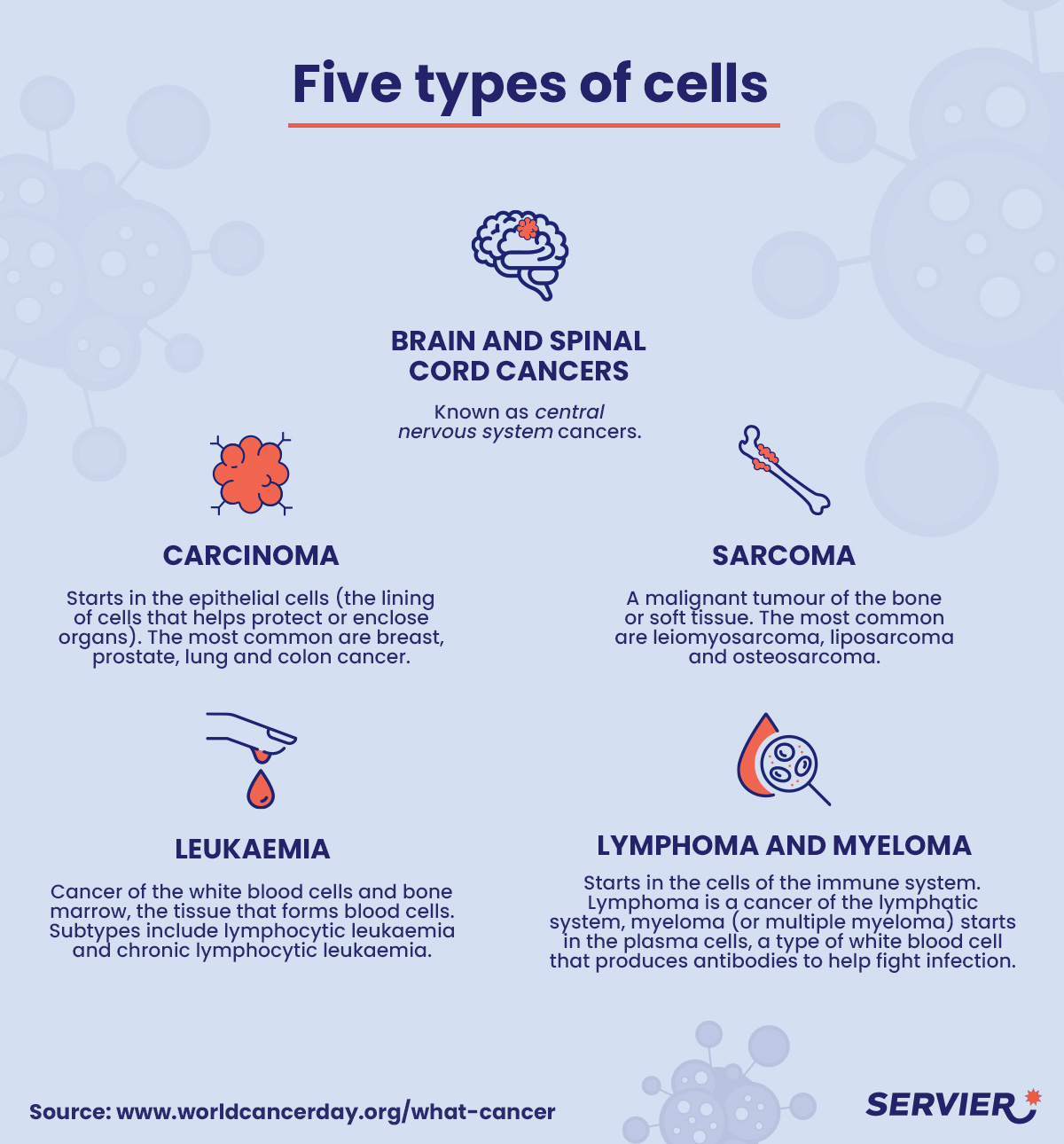
Despite all these daunting variables, cancer research is so sophisticated that treatment can be targeted to each type and severity of cancer. Immunotherapy, which uses your body’s immune system to attack cancer cells, is effective for certain types of cancer. Today, advances in cancer research mean that patients experience less debilitating side effects from treatment and are living longer despite a serious diagnosis.
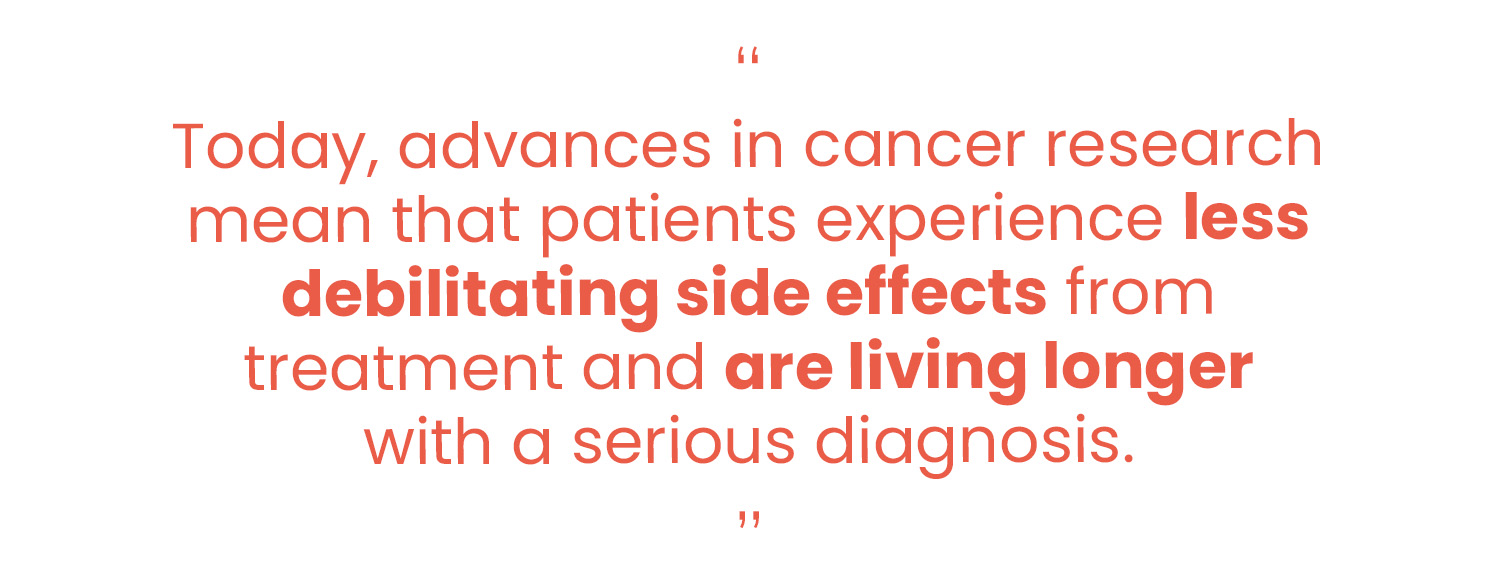
The global annual economic cost associated with cancer care is estimated at US$1.16 trillion3. But if we act together as one, millions of lives and dollars could be saved each year through resource-appropriate strategies for prevention, early detection and treatment.
On World Cancer Day: Get educated
But you don’t have to be a cancer researcher to make a difference. You can do your part by knowing the facts.

Did you know that over 40% of cancer-related deaths could be prevented since they’re linked to modifiable risk factors such as smoking, alcohol use, poor diet and physical inactivity?
And did you know that at least 1/3 of all deaths related to cancer could be prevented through routine screening, and early detection and treatment?
Learn more about cancer and some symptoms that need immediate attention. Knowing the facts could save lives. In addition, become an ambassador for patient-centered care by highlighting individual stories as part of the ‘United by Unique’ campaign in conjunction with World Cancer Day at www.worldcancerday.org and share your posts on social media using #UnitedByUnique.
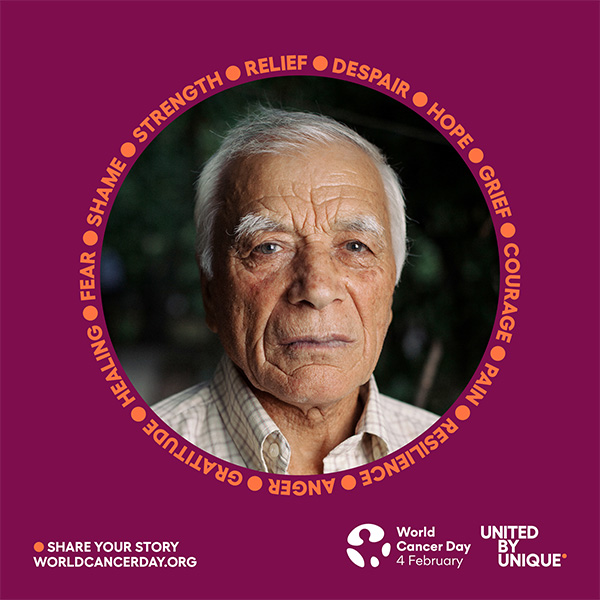
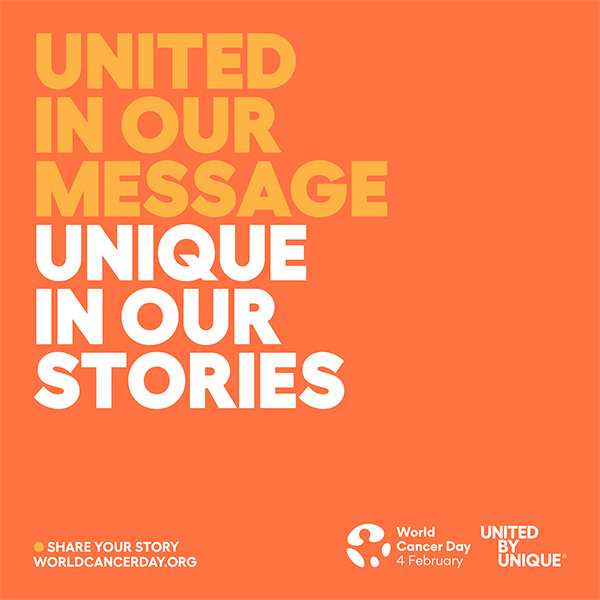
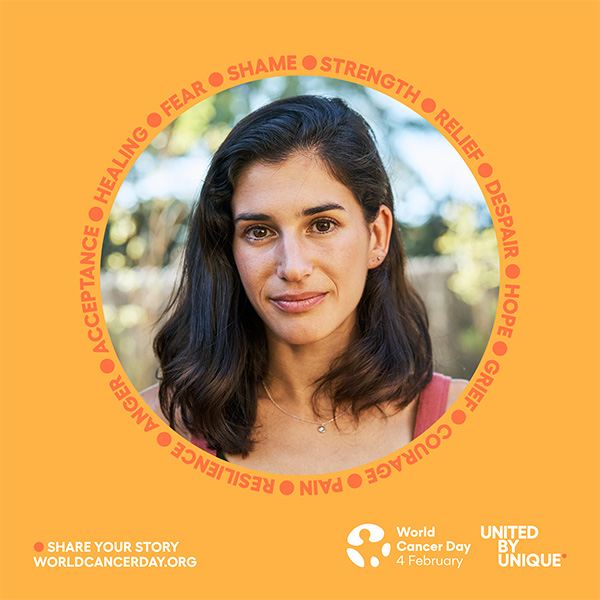
1 Canadian Cancer Society website, Cancer statistics at a glance | Canadian Cancer Society, extracted on January 8, 2024.
2 Canadian Cancer Society (2024). https://cancer.ca/en/cancer-information/cancer-types/metastatic/what-is-metastatic-cancer, extracted on January 15, 2024.
3 World Cancer Day, https://www.worldcancerday.org/what-cancer#:~:text=Millions%20of%20lives%20could%20be,estimated%20at%20US%241.16%20trillion, extracted on January 16, 2024.

